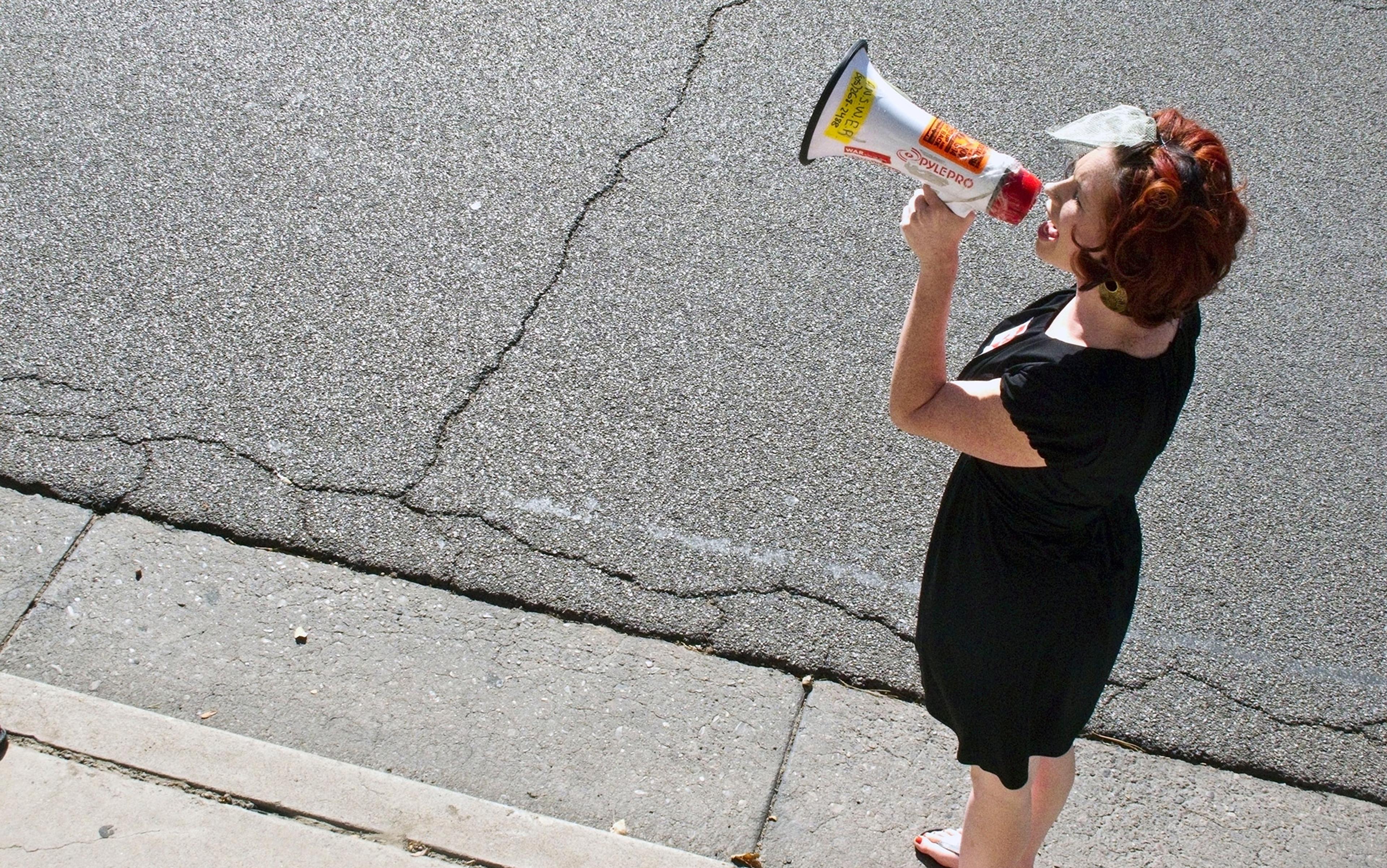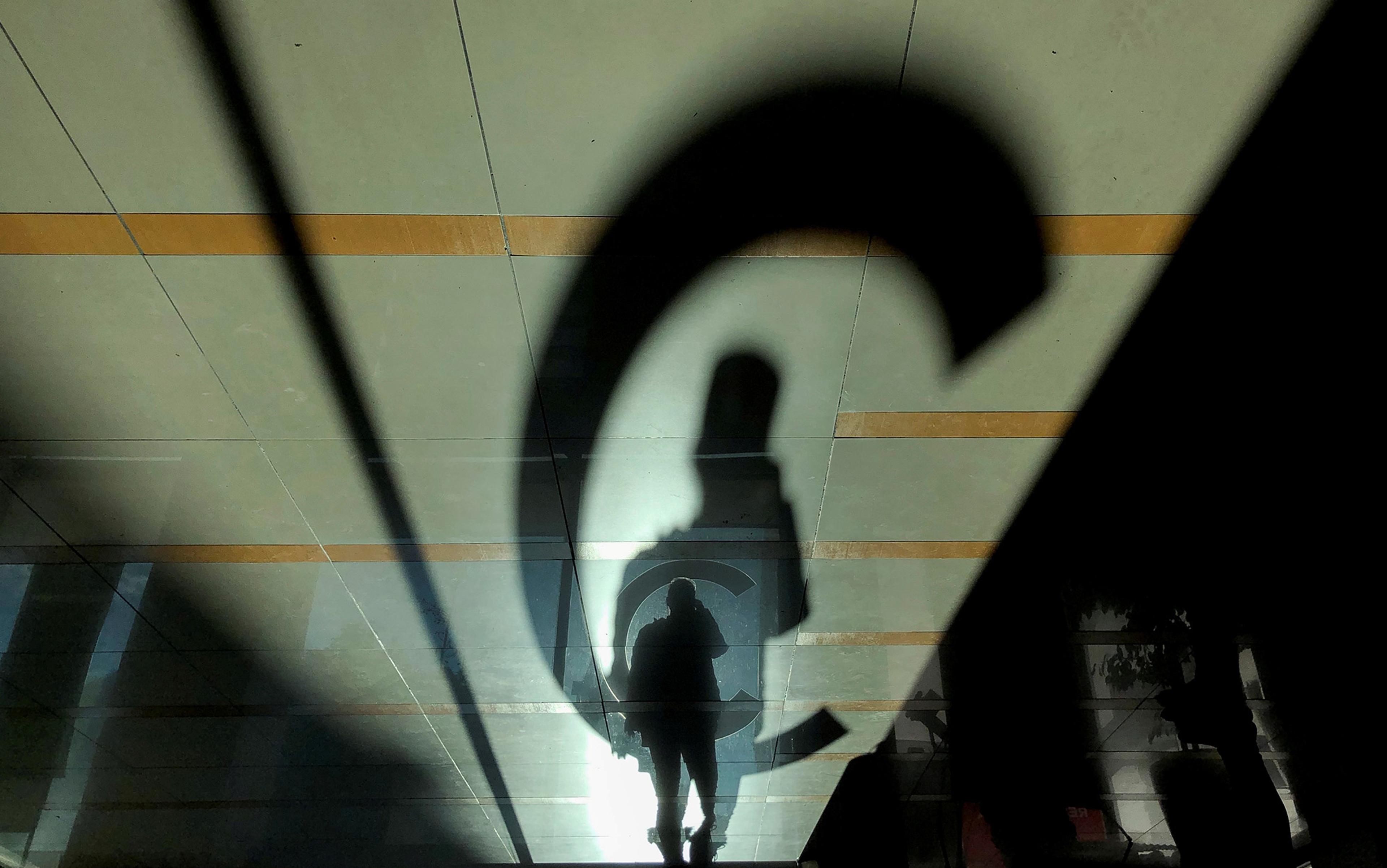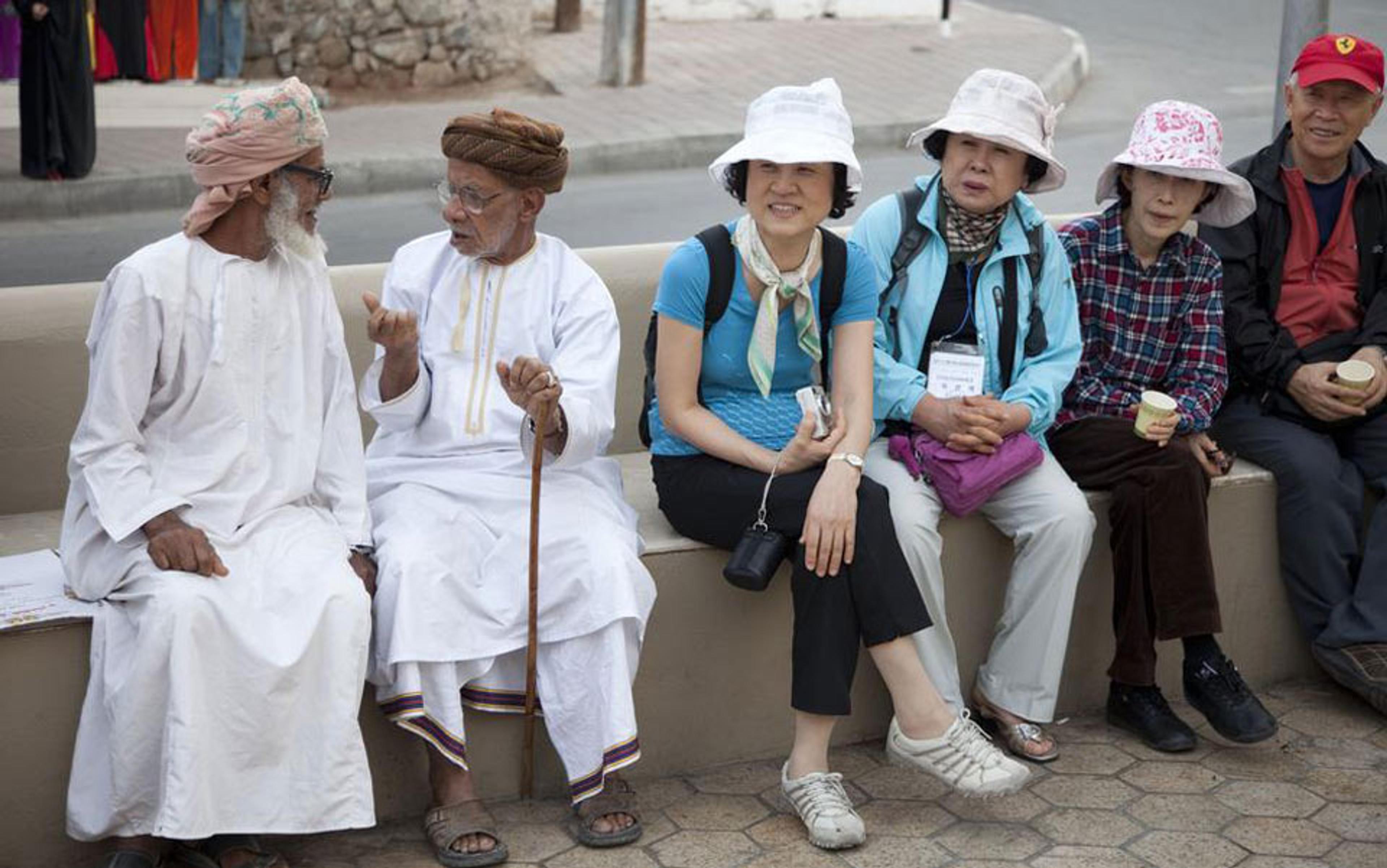The Disney film Moana came out in 2016. I watched it in the UK, a homesick Kiwi huddled in a dark cinema, days before a Christmas spent away from home and family. I loved it. Tapa cloth. Greenstone. Maori mythology. Tokelauan language. A curvy woman-of-colour protagonist. The telling of the incredible tale of Polynesian wayfinding. Seeing a story from my tiny corner of the world told in a Disney film made me feel proud and happy.
I was excited to think about Māori, Samoan, Tongan, Fijian, Tuvaluan and Tokelauan parents taking their small daughters to watch the film. But I wanted to know if indigenous people felt the same way, or if there was something I might be missing. Was Moana, in fact, culturally offensive in ways that were not immediately obvious to me as a white New Zealander? So I did what everyone does when these kinds of questions arise: I took to the internet.
And I learned a lot. I learned that some people were upset about the presentation of Māui, a hero of Māori mythology, as vain and pretentious. Others were upset about the mixing together of importantly different traditions into one homogenous pan-Polynesian culture set on the fictional island of ‘Motunui’. Yet others, concerned about offensive cultural stereotypes, complained about the portrayal of Polynesian people as heavyset or overweight. And some complained about the ‘Kakamora’, an antagonist group in the film who look like coconuts with limbs, literally embodying a racial slur.
So I found out that some people were upset. But did I learn anything about the attitudes of Polynesians? Who gets to speak on behalf of such a diverse group as the indigenous people of more than 1,000 different islands, totalling nearly 700,000 people?
This problem is not specific to Moana and the diverse peoples of Polynesia. In fact, it is pressing with respect to all heterogenous social groups. Who speaks for liberals, vegans, the working class, women, transgender people, asylum seekers, or indigenous people in general? These questions are particularly acute in the era of social media, where the dynamics of outrage can distort outsiders’ perceptions of a group’s views. A member with an extreme view might post something that gets picked up and reposted hundreds of times by dissenters, creating a perception that many members of the group have that extreme view. Arguably neither governments nor citizens can make informed choices about the obligations owed to various communities without some idea of what those groups really want, need and value. So who gets to speak for diverse social groups when decisions must be made?
For certain kinds of groups, the answer to this question is easy. Some groups are highly unified – around a manifesto, a constitution, a party line. For example, we can find out what the Green Party thinks about an issue by reading about its policies on its website, or by asking a Green Party member.
Some groups also have formalised decision-making procedures. For example, the Academic Board of the University of Melbourne last year passed a motion declaring that it ‘proudly supports marriage equality’. This commits members of the University of Melbourne community to support marriage equality (although of course they might disagree in their private lives). Likewise, companies, sports teams, universities, political parties, some tribal groups (eg, Ngāi Tahu in New Zealand) and governments all operate like this. Membership is established on the basis of a voluntary decision to join, and members speak for the group because it’s more or less clear what the group stands for.
For other kinds of social groups, however, the question is much harder to answer. These are the groups of people who merely share certain features, including features of their identities. For example, LGBTQI+ people are a diverse social group. The group covers non-majority sexualities (lesbian, gay, bisexual, queer, and others, such as pansexual), and non-majority gender identities (transgender, queer, intersex, and others, such as non-binary). People who share an interest in having their non-majority sexuality protected might not think that they have an interest in non-majority gender identities being protected, and vice versa. Neither necessarily has lived experience of the social obstacles that the other faces. But when the government proposes a policy that affects their interests, or when there is a depiction of an LGBTQI+ person in a popular book, film or television programme, we might want to ask: is this acceptable to LGBTQI+ people? How do they feel about this? How does this affect them? So the question arises: who gets to speak for LGBTQI+ people?
It’s a small sample of people who are confident enough to write, Tweet or blog
Let’s start with who tends to speak, and be heard. Some of us will be fortunate enough to have friends, family or colleagues in the relevant social group, and when we do, we can talk to them. But many people won’t have this option. For them, if they want to gauge the reaction of the social group to some popular cultural event, they’re likely to do what I did: look online. No wonder whole news articles now are filled with Tweets from assorted members of the public.
But we should scrutinise this practice more closely. Are the authors of these articles selecting Tweets at random? Of course not. They’re scrolling through for dramatic, impassioned, polemical, extreme reactions; reactions that can be grouped together to tell the two sides, or many sides, of a story. This isn’t in any sense representative of the reactions of the social group – in fact, it almost certainly distorts them. What if most people didn’t care, and so didn’t bother to record any reaction at all? Equality of access is a feature of social media that should work in its favour: every voice (with access to an internet connection) has an opportunity to be heard. But while anyone can write a Tweet or a Facebook post or a blog entry, it’s not the case that every Tweet, post or blog will be read. Members might shout, but whether they’re heard or their shout spirals into the void is largely outside their control.
More influential are opinion pieces in prominent media outlets. However, those will be disproportionately authored by an elite with controversial and provocative things to say. This, too, fails to give a balanced view of what members of a social group think. It merely amplifies the voices of a few who aren’t likely to be representative. When we look to social media and news media to find out what a social group thinks about an issue, we should bear in mind that we’re not getting a balanced picture. We’re getting a small sample of people who happen to be motivated enough to write something, or who are confident enough to write, or who have been empowered (or have empowered themselves) to write. If we want to know what members of the wider social group think, rather than just a few individual members who might or might not be representative, then we’ll have to do more.
A good place to start is to ask a normative question: who should get to speak for social groups? Who has the authority, who’s entitled? From there, perhaps we can work out how to access and amplify those voices.
There’s an easy answer to give here, but it’s hard to make it work. That is: anyone who’s a member of the relevant social group gets to speak for, or on behalf of, the social group. Although we should generally be wary about drawing lessons from reality TV, it was interesting that in the 2018 series of Australia’s version of Married at First Sight, one contestant, Charlene Perera, stood up to the misogyny of another, Dean Wells, with the words ‘speaking on behalf of all women’.
The logic of this is that, since Perera is a woman, she has the authority to speak for all women. On this view, the only people who can’t speak for women are men. But it’s one thing to believe that Perera is entitled to her opinion, and quite another to believe that what she says is indicative of what all women think. In calling out toxic masculinity, was she just voicing her own opinion, or was she giving voice to the sentiments of female viewers all around the country? I’d like to believe the latter, but there are plenty of Australian women with retrograde ideas about gender roles, so it’s doubtful that Perera spoke for all (although she might have spoken for most). Imagine if another woman at the table had argued back against Perera in support of Wells – would she have been speaking for all women? Surely not, although perhaps she’d be speaking for some.
This would be unfeasible for the social group ‘women’, as there couldn’t be regular meetings of millions of people
Nor can it be the case that a single voice speaks for a group just when it happens to be right – as in, when it speaks the objective moral truth, if you believe that such a thing exists. Whole social groups can have warped moral views, in which case the single voice that gets things right wouldn’t be speaking for them at all. And social groups can be divided, in which case the single voice that gets things right would be speaking for some (the part of the social group that gets things right), but not others (the part that gets things wrong).
Perhaps a better way to think about the issue is to ask about the credentials of a person who purports to speak. Has she been pushed forward as a spokesperson by other members of the group? Does she consult with members of the group before speaking on issues that affect it? Does she have a good grasp of the group’s interests? This understanding can be more common in identity groups whose members have a lot of social contact (such as some local immigrant populations), or whose interests are affected in an uncontroversial way (such as lesbian, gay and queer people in Australia who couldn’t legally marry before the Marriage Equality bill passed last year).
But if speaking for a social group is only about having a good understanding of the interests of the group, then there’s nothing to prevent non-members acting as spokespeople. If a man has a good understanding of the issues facing women, then arguably he could speak on behalf of women in agitating for social change – as many male MPs have long claimed to do. Many will want to resist this conclusion. Being pushed forward by the group and consulting with the group seem like more appealing options, so it makes sense to look to the group when we can. Yet this won’t work for groups that are large and heterogeneous, such as ‘women’ or ‘LQBTQI+’ or ‘Māori’. There are just too many people to be individually consulted, and the groups are not connected enough to be able to push anyone forward as a spokesperson. Small sub-sets might be able to do so, but then the same problem recurs: at most, someone speaks for the sub-group, not the whole social group.
A better proposal, I think, is to go in for something in the spirit of consultation, but which is feasible for large and varied groups. We can take our cue from an unexpected source: what I call the ‘easy cases’, the formalised decision-making structures of universities, corporations and political parties. Admittedly some of these structures are impossible without formal organisation. For example, a small company might have regular meetings of senior management, where issues facing the company are discussed, and decisions are taken by consensus. But this would be infeasible for the social group ‘women’, as there couldn’t be regular meetings of millions of people. And even if there could, consensus becomes impractical as groups get large. However, the practice of majoritarian voting is a familiar decision-making model common across many different kinds of organised groups. That is to say, we can find out whether the members of the University of Melbourne Staff Club want postgraduate students to be admitted by putting it to a vote among members, and deciding in favour of whatever attracts the greater number of votes.
Now, we wouldn’t take poll of all 700,000 Polynesian people just to find out whether they found Moana culturally offensive. Well, we could, if finding out was really important. But, in reality, it wouldn’t be a sensible use of resources. However, something in this vein is possible if we borrow sampling methods from the social sciences. Random sampling is a sample of a population taken at random as a way to gain a relatively unbiased data set, on the assumption that each person selected randomly is as likely as anyone else to express a particular view. (If we have reason to think that different demographics within the social group will have different views, eg older women will differ in their views from younger women, or LGBTQI+ women will differ in their views from straight women, then we can use stratified sampling, which takes a random sample from each of the salient subgroups). It’s highly unlikely that the people chosen in a random sample will cluster around one particular perspective – so if we find such a clustering, we have good reason to believe that is representative of the wider social group.
For example, suppose we want to know whether cisgender women in the UK support the changes to the Gender Recognition Act, consultation on which began recently. If we spoke to a random sample of 100 of them, and they all expressed support, this would give us good reason to think that British cis women supported those changes. The same could be done if we wanted to know whether trans people in the UK support the proposed changes. (What the sample size has to be will depend on the issue in question, but in general very small numbers won’t be sufficient to establish the likely view of the wider group. This can act as a constraint on researchers working to very short time-frames – such as some journalists – who might otherwise want to adopt this method.)
It’s better that we hear from some members of the group rather than none
With random sampling methods in mind, digital technology might even be turned from a liability into a resource. Instead of selecting juicy Tweets, journalists and researchers might use software to identify and speak to a random sample of a target population. If they had reason to believe that roughly representative samples of a social group were actively posting about an issue, then they could use data-mining algorithms to parse the language of those posts. Or they could run quick internet polls soliciting the views from people within a particular demographic, which might capture those online who hadn’t yet expressed a view (although this last method is likely to attract people with strong views, and so comes with some of the problems discussed earlier). It’s not that any one of these people would thereby have gained a right to speak for the group in virtue of having been chosen but, rather, that the cumulative position that the random sample provides is likely to be more representative. Importantly, most of these methods will rule out the self-selection bias that contaminates many of the views currently found across social media and news media.
For example, imagine that I wanted to write an opinion piece about whether Moana was culturally offensive. Instead of scrolling Twitter for dramatic Tweets, I could try to speak to a random sample of people from the diverse cultural groups of Polynesia. If it turned out that a majority thought that Moana was culturally offensive, then I could conclude that Polynesian people are likely to have found Moana to be culturally offensive. By contrast, note how the news media actually approached this task at the end of 2016. The New Zealand website stuff.co.nz published an article asking whether the film counts as cultural appropriation, which involves a dominant cultural group borrowing choice elements from an oppressed cultural group while simultaneously contributing to their oppression (for example, white Americans loving Mexican food while perpetuating stereotypes about Mexican people). The article included interviews with two voice actors from Moana, Temuera Morrison and Rachel House, who are both New Zealand Māori.
A piece in Salon by Alli Joseph, a Native American journalist, boasted in its headline ‘Indigenous People Weigh In’ and quoted Auli’I Cravalho, who voices the character of Moana, as well as four Native Americans who had either written for other media outlets or were Facebook friends of relatives of Joseph’s – but not, notably, members of the group of indigenous people actually represented in the film. On the other hand, in a Buzzfeed article, Will Varner (middle name Kaaumoana) spoke to 25 other Polynesian people about their reactions to the film. It made a good attempt to present the complexity of a diverse group’s views.
Just to be clear: it’s better that we hear from some members of the group rather than none, but I think that we can do more than that. When we hear only from influential voices in high-status venues, or from angry voices in open-access domains, we can end up with a very distorted picture of what the larger social group actually thinks. However, when we consider the spread of opinions across a random sample, chances are we’ll end up with a more accurate picture. No single individual can speak for a heterogenous collectivity, so if we want to know what a social group thinks, we’ll have do the hard work of trying to look at an unbiased sample. We can make a start on that by not taking Tweet-filled articles or single-authored opinion pieces as authoritative. To the extent that journalists have an angle and simply source quotes to support it, this is a reason to be mistrustful of journalistic presentations of the views of social groups.






